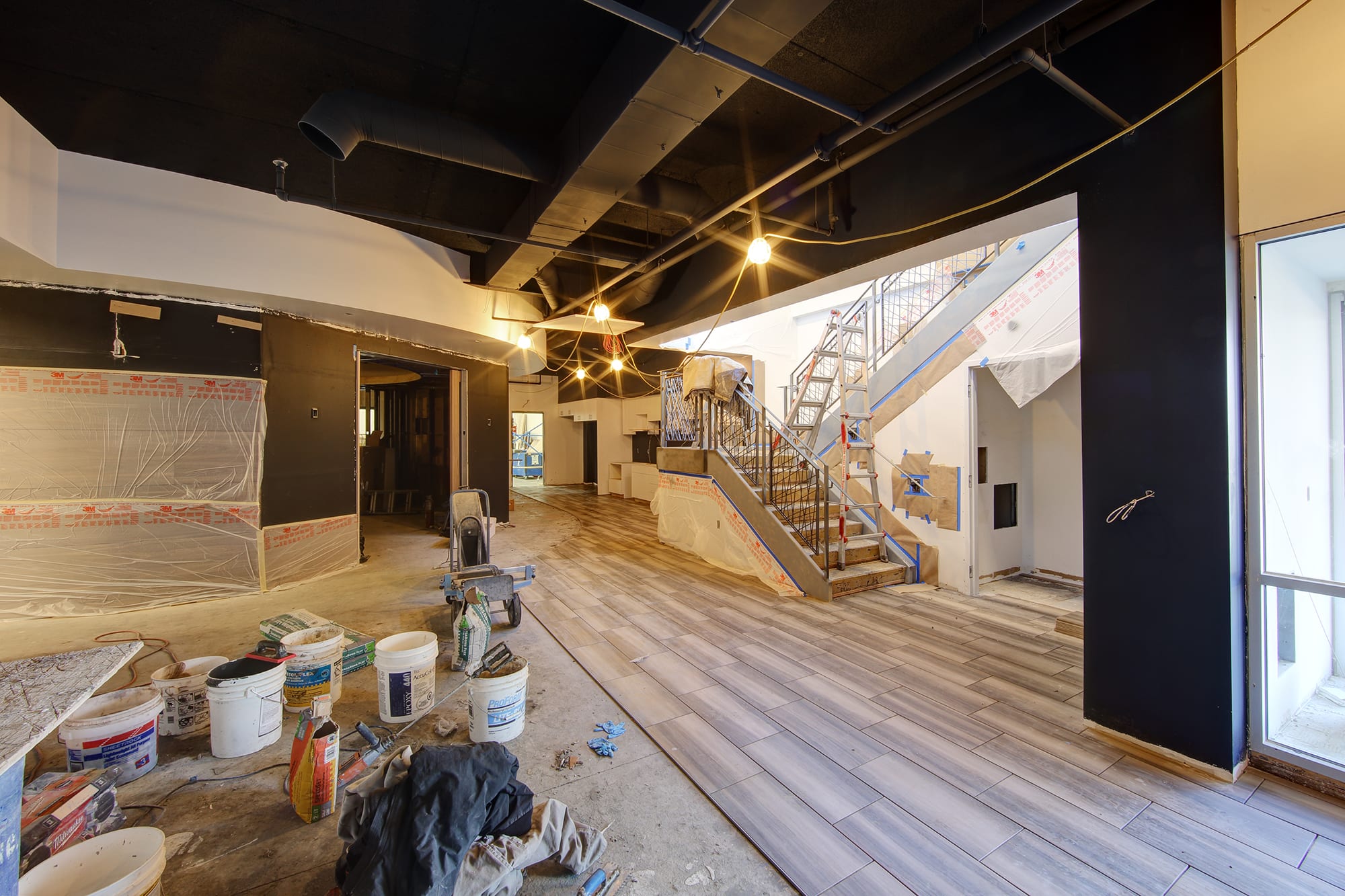The way we experience the spaces we live in goes far beyond mere aesthetics. Interior design wields a profound influence on mood, productivity, and overall well-being. The careful choosing of colors, textures, and layouts can turn a house into a home that reflects who we are and satisfies our needs. As we explore the psychology of space, it becomes apparent that each design choice can build an environment that encourages relaxation, creativity, or even connection with loved ones.
This year brings exciting trends and fresh ideas that emphasize functionality while enhancing emotional comfort. From unique uses of space to color psychology that connects to our inner selves, the latest developments in interior design and construction highlight the importance of creating cohesive and inviting environments. Whether you are considering a major renovation or merely looking to upgrade a room, understanding how design choices impact mood can lead to a more harmonious living experience. Join us as we examine how to make careful design decisions that resonate with emotional needs and enhance the aesthetics of our homes.
Best Interior Design Trends
As we move through the year, interior design keeps to evolve, adopting both creative aesthetics and functional approaches. One notable trend is the resurgence of organic materials, which add warmth and genuineness into spaces. Designers are more choosing wood, stone, and organic textiles, creating a connection to nature. This nature-inspired design not only improves beauty but also promotes well-being, causing homes feel more refreshing and welcoming.
Color palettes are also changing, with natural tones and soft pastels taking center stage. These hues create a calming atmosphere, allowing individuals to feel more relaxed in their homes. Incorporating shades like sage green and muted terracotta can instantly transform a space, lifting mood while keeping an elegant look. Accent walls and statement furniture pieces in these colors can act as focal points, harmonizing vibrancy with subtlety.
Finally, technology is growing an integral part of interior design, with intelligent living spaces gaining popularity. Homeowners are looking for seamless integration of smart systems that enhance comfort and convenience, such as lighting controls, heating, and security features. This trend not only highlights functionality but also mirrors a modern lifestyle. The future of interior design will more and more depend on how well technology harmonizes with aesthetics, ensuring that spaces are both attractive and functionally effective.

Specific Room Interior Design Guides
In terms of interior design, specific rooms often need unique considerations to develop an inviting and functional space. Let's start with the kitchen, often regarded as the heart of the home. A well-designed kitchen should harmonize functionality with aesthetics. Incorporate smart storage solutions and durable materials to guarantee longevity. Consider an open layout to enhance social interaction while cooking and entertaining, and opt for energy-efficient appliances that align with modern sustainability trends. https://www.coastalhaven-design-build.com/ can enhance the kitchen's aesthetic, transforming it into both a cooking haven and a style statement.
Moving on to the bathroom, this space should radiate relaxation while maximizing utility. Luxury bathroom design ideas often feature elements like double vanities and spa-like showers that elevate the daily routine into an indulgent experience. Use timeless materials like marble or quartz for countertops and opt for fixtures that merge style with efficiency. Lighting also plays a crucial role; consider layering different light sources to build an inviting ambiance at any time of day. With the right choices, a bathroom can significantly boost a home's overall value.
Finally, a home office has become essential in today’s working environment. To design the ultimate workspace, focus on creating a setting that improves productivity and reduces distractions. Opt for ergonomic furniture to accommodate long hours of work and ensure ample natural light. Personal touches such as art or plants can transform the space more inviting. Incorporating smart technology into the design can streamline tasks and improve efficiency. By thoughtfully considering each detail, a home office can inspire creativity while reflecting the homeowner’s personal style.
Sustainable and High-tech Design
In today's world, the combination of sustainability and smart technology in indoor design generates spaces that are not only aesthetically pleasing but also sustainable. Eco-friendly materials, such as sustainable wood and recycled glass countertops, play a crucial role in reducing the carbon footprint of home interiors. Homeowners are increasingly opting for eco-sourced materials that help conserve resources while providing a one-of-a-kind visual appeal. In addition, designing with effective energy use in mind can lead to major savings on utility bills, making sustainable design a feasible choice.
Integrating advanced technology into home design enhances usability and comfort. From intelligent climate controls that optimize heating and cooling to eco-friendly lighting systems that modify based on natural light levels, technology is transforming how we experience our spaces. Home automation systems can simplify daily tasks, and provide convenience that complements sustainable practices. By incorporating features like smart lights and smart appliances, homeowners can reduce energy consumption while enjoying a cutting-edge lifestyle.
Eco-friendly practices in construction go beyond materials and innovation. Adopting eco-conscious construction methods not only minimizes waste but also enhances the longevity and performance of a home. Techniques such as solar energy design, proper insulation, and efficient plumbing are essential for a healthier build. Embracing these practices during a renovation or new construction project leads to a improved living environment and contributes to climate change while enhancing the overall living standards within the home.
